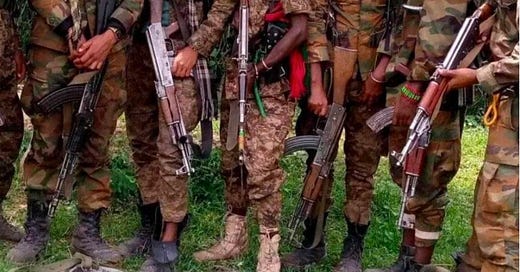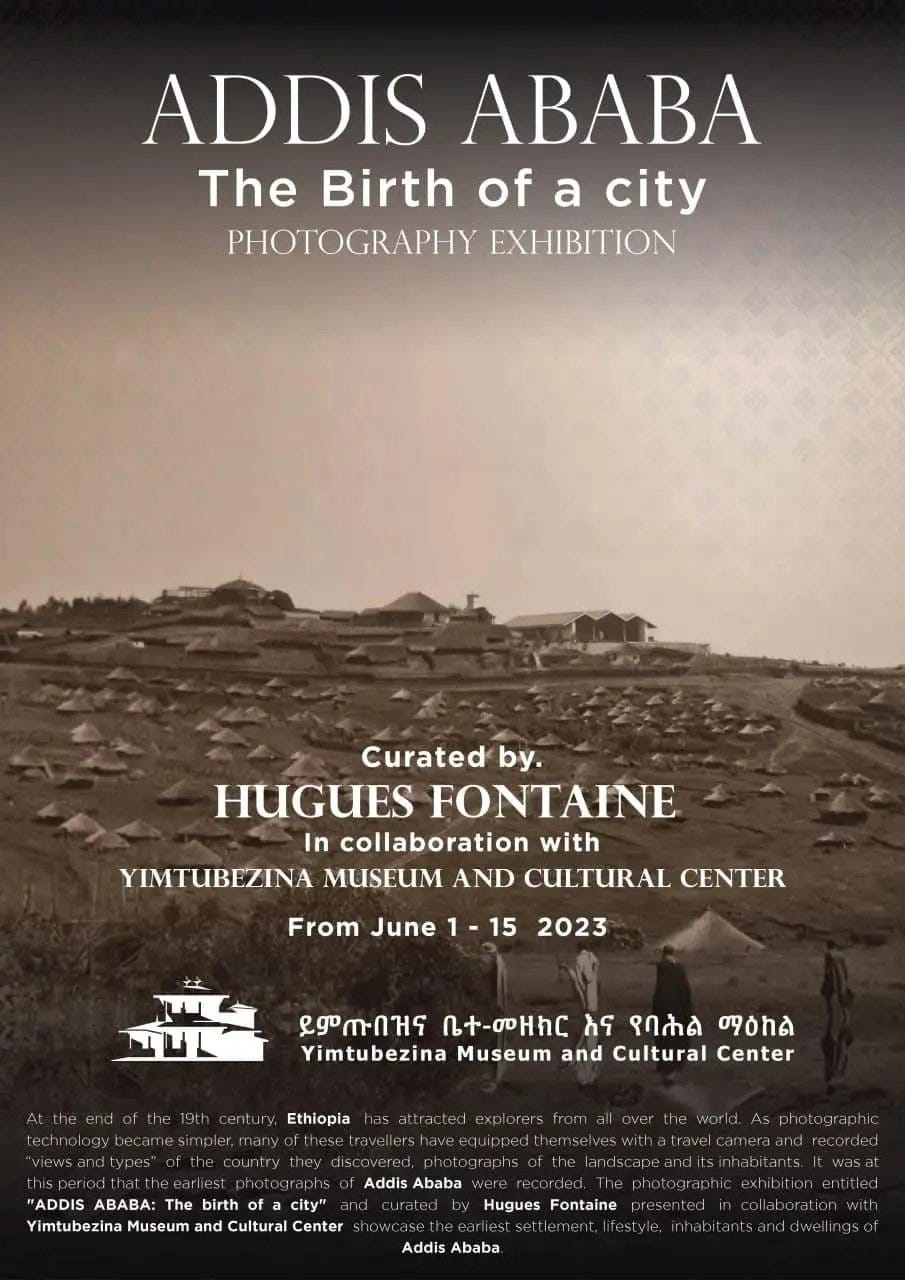It hasn’t been a full month since the Ethiopian government and the Oromo Liberation Army (OLA) have sat down for negotiations and now there’s full-blown fighting in Oromia Region. The peace talks ended earlier this month, with both sides saying that they couldn’t come to an agreement but that they are both committed to a peaceful resolution to the conflict.
However, since then, there has been intense fighting in many parts of Oromia. The ’comprehensive offensive’ came from the government, according to the OLA. The government has yet to issue an official statement on the situation.
Here's what a resident said in Ambo, where there had been intense fighting, according to a report from Addis Standard:
“We hoped the war would be over when we heard about the news of peace talks, but it has gotten even worse.”
The OLA says that it, “will not be pushed to accepting a subpar political settlement through military pressure.”
My story on this for VOA here, and another piece by Addis Standard here. For those looking for more historical context, an in-depth analysis peace on the peace talks by Ethiopia Insight here.
The rains are bringing floods
If you’re in Addis, then you might have been wondering about how much it’s been raining, uncharacteristic, least of which in its intensity, for this time of the year. The Belg rainy season, supposedly from February to April, has gone well into late May (which was usually a dry and hot month). These excessive rains are flooding many regions of the country, including, Somali, Afar, South West Ethiopia, and the Southern Nations, Nationalities, and Peoples. It has alleviated the drought situation but now people are dying because of floods. Thousands have been displaced from their homes, and their livestock and crops washed away. This has also worsened an ongoing cholera outbreak.
The cholera outbreak, first detected in Oromia region in August last year has now spread to Sidama and the Southern Nations, Nationalities, and People’s Region, putting nearly 7 million at high risk.
The full story in English on The Reporter here, and the full report from UN-OCHA here.
Media Authority suspends church’s TV license
The Ethiopian Media Authority has temporarily suspended the license of Mahibere Kidusan TV. What is that, I hear you ask. It’s the TV channel associated with the Ethiopian Orthodox Tewahedo Church and the reasoning behind the suspension: a recent breaking news announcement from the Church saying that it will no longer remain quiet as those with a ‘worldly interest’ push against the interests of the church – roughly translated. The Media Authority says they’re inciting people to violence and that issuing ‘breaking news’ isn’t their role. Anyway, the full story on Addis Standard here and the post from the Church that brought this temporary ban, in Amharic, here.
Forex crunch is worsening the forex crunch
People are withdrawing their money from private banks and to the Commercial Bank of Ethiopia (CBE), in huge amounts. According to a report by Wazema Radio, some banks are having difficulty giving out loans because of how much money has been withdrawn in a very short period of time. One particular private bank reported having 6.5 billion Birr withdrawn over the course of one month (March/April). Two other private banks have also cited similarly high levels of withdrawals. The money has then been deposited to CBE. The reasoning for this has been that CBE is able to provide foreign currency more so than private banks.
The forex crunch is also behind remittance firms offering rates equal to the black-market rate (105 Birr to one US dollar) – this is twice as much as the official rate at banks. The majority of the money is mostly wired to CBE according to a story by The Reporter. The actual foreign currency doesn’t get to the country and is instead subverted by, ‘foreign money transfer agents operating in the illicit offshore market’.
The story on Wazema Radio here and The Reporter here.
In other news:
A photography event is coming up next month in Addis, entitled, “Addis Abeba: The Birth of a city”, where they will showcase some of the earliest photos of the city. Where? Inside Friendship Park II.
Check it out:
That’s all for this week. I’ll be back next week with more updates!
In the meantime, you can help support my work by forwarding this email to friends and family who might benefit from keeping up with what’s going on.
Note: I go through all the major news outlets, newspapers, online publications, and will at times, include reports, notes on parliamentary sessions, and go through fact-checking websites as well. I try to provide links to both English and Amharic sources, and I usually time-stamp the video I link to unless I think the whole video is relevant.





